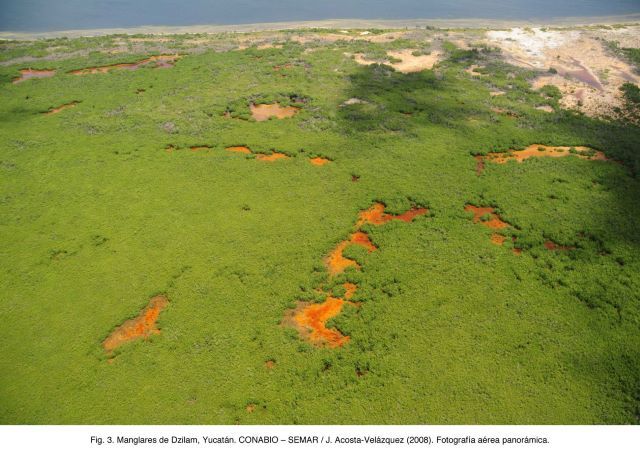The Threat of Climate Change to Mangroves in Mexico
This article highlights the danger posed by climate change to mangroves in Mexico and the importance of protecting and conserving these wetlands. It talks about how rising sea levels might affect the Yucatan Peninsula and how local people are working to restore and reforest mangrove ecosystems.





